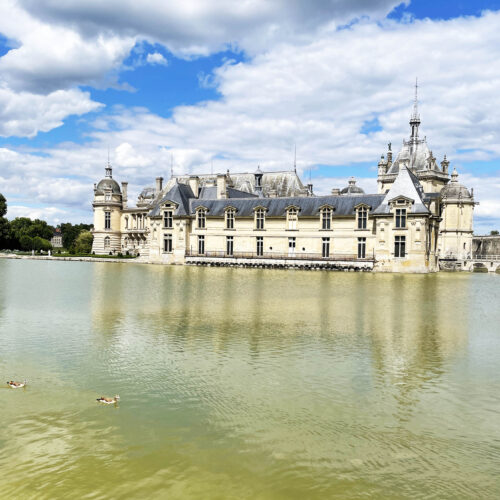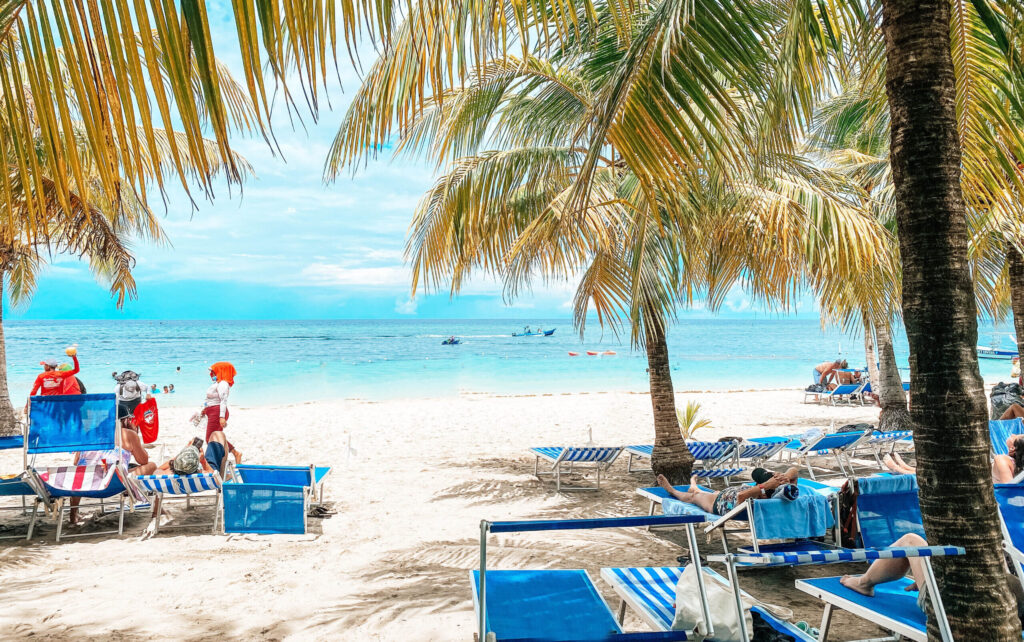
Top Things to Do in Roatan and Dive into Adventure, Powdery Sand Beaches and Wildlife on this lesser known Caribbean Island
Roatan, a picturesque island off the coast of Honduras, is a hidden gem in the Caribbean. With its stunning coral reefs, white sandy beaches, and lush tropical jungles, Roatan offers a diverse range of activities that make it a must-visit destination for travelers.
Whether you’re seeking an adventurous ziplining experience, exploring the island’s marine life through snorkeling or scuba diving, or simply relaxing on a beautiful beach, Roatan has it all.
Here are some things you can do on the island that make it extraordinary:
- Snorkeling and Scuba Diving: Roatan is known for its stunning coral reefs and abundant marine life. You can explore the underwater world through snorkeling or scuba diving. There are many dive sites around the island, and it’s an excellent opportunity to see colorful fish, sea turtles, and even sharks.
- Beaches: Roatan has some of the most beautiful beaches in the Caribbean, such as West Bay Beach, Half Moon Bay Beach, and Sandy Bay Beach. These beaches offer crystal-clear water, white sand, and a peaceful atmosphere.
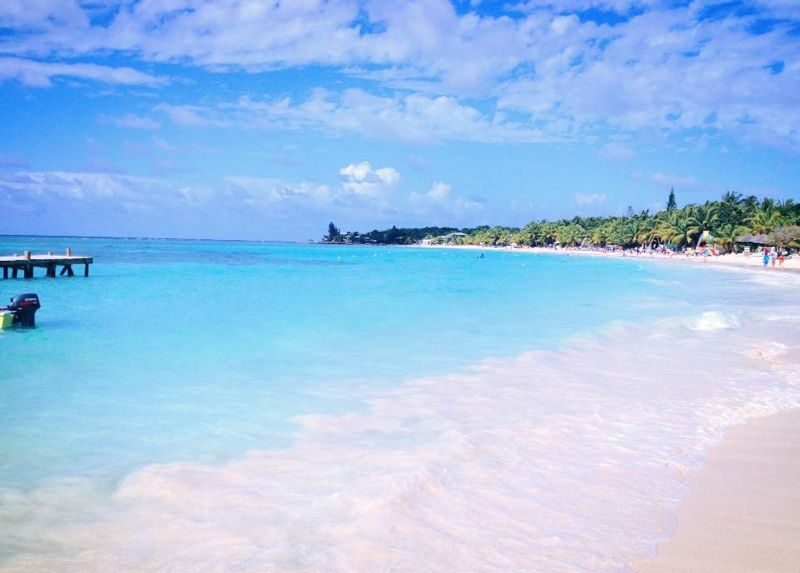
- Ziplining: Roatan has a fantastic zipline experience that takes you through the lush jungle canopy of the island. You can enjoy the island’s stunning views while soaring through the air.
- Visit the Gumbalimba Park: This park is a nature reserve that offers an opportunity to see various wildlife such as monkeys, parrots, iguanas, and macaws. You can also walk through the park’s botanical gardens, explore the pirate’s cave, and relax by the waterfall.
- Visit the Roatan Institute for Marine Sciences: This institute offers an interactive experience where you can learn about marine conservation and the creatures that inhabit the ocean. You can also swim with dolphins and snorkel with sharks.
Did you know?
Roatan was once a pirate stronghold in the Caribbean. The island was a popular base for famous pirates such as Henry Morgan, who used it as a base to attack Spanish ships carrying valuable cargo.
Visitors can still explore the island’s pirate history through various attractions, such as the Pirates of the Caribbean Zipline and Gumbalimba Park’s Pirate Cave.
A little history:
Roatan’s fascinating history dates back to the pre-Columbian era when the Paya Indians inhabited it. Spanish explorer Christopher Columbus discovered the island in 1502 during his fourth voyage to the Americas.
The Spanish established settlements on the island but abandoned it in the 17th century due to its rugged terrain and frequent pirate attacks.
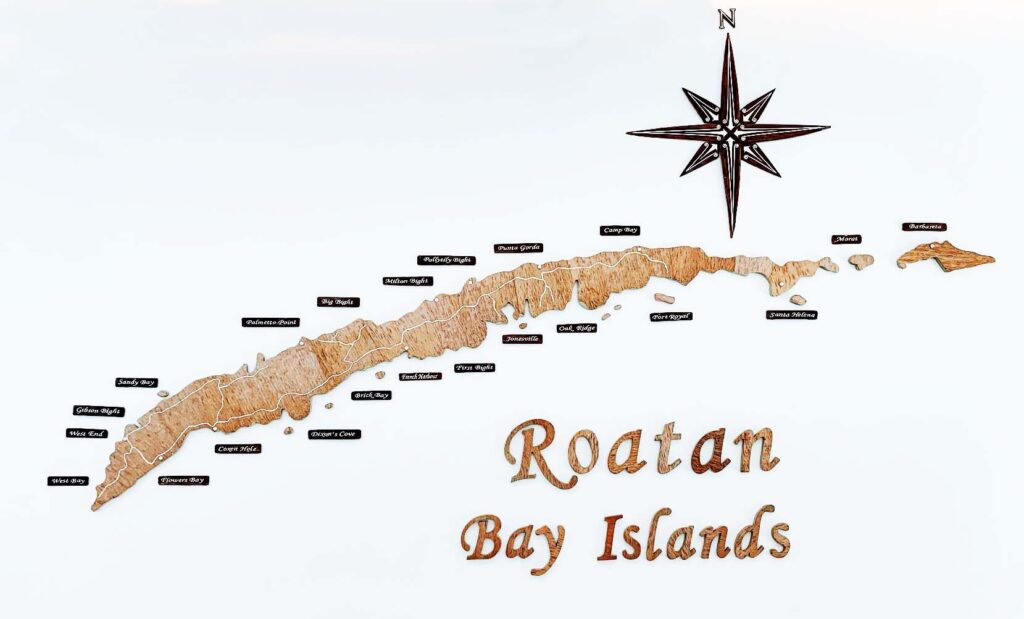 In the early 1700s, the isle became a popular base for pirates who used the island to raid Spanish ships carrying valuable cargo. Henry Morgan and Blackbeard were among the most famous pirates operating from the island.
In the early 1700s, the isle became a popular base for pirates who used the island to raid Spanish ships carrying valuable cargo. Henry Morgan and Blackbeard were among the most famous pirates operating from the island.
Some of the most famous pirates associated with the island include:
- Henry Morgan: Morgan was a Welsh pirate who operated in the Caribbean in the late 17th century. He used Roatan as a base to launch attacks on Spanish towns and ships.
- Edward Teach, also known as Blackbeard: Blackbeard, was an English pirate who operated in the Caribbean in the early 18th century. He is said to have used Roatan as a hiding place for his ships.
- Charles Vane: Vane was an English pirate who operated in the Caribbean in the early 18th century. He is said to have raided the island of Roatan and taken several prisoners.
- William Parker: Parker was an English pirate who operated in the Caribbean in the early 19th century. He is said to have established a pirate colony on Roatan and used the island as a base for his operations.
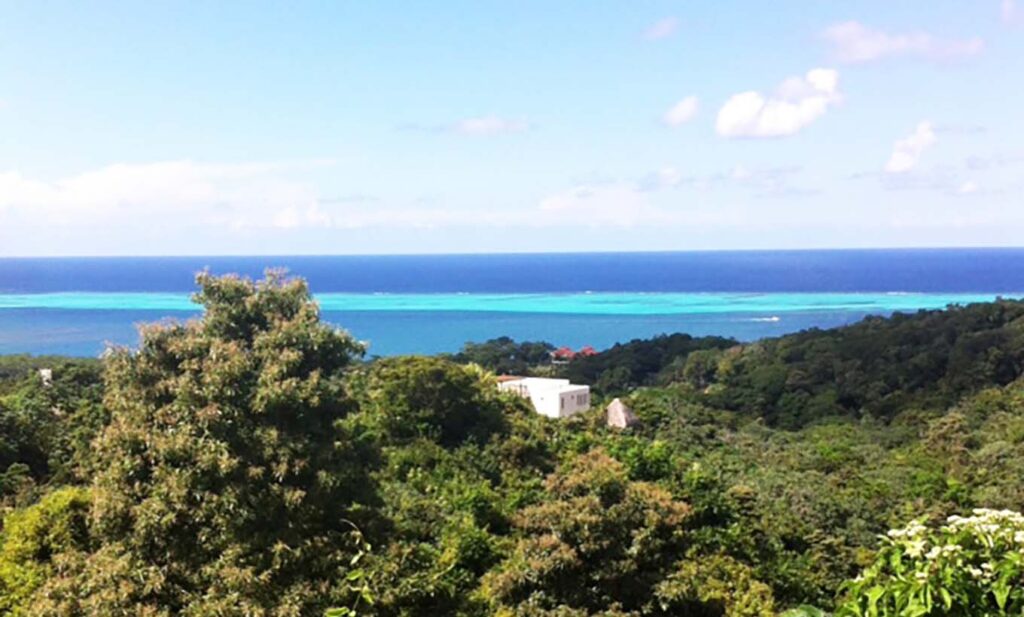 Other pirates who were known to have operated in the area include John Coxon, Olivier Levasseur (also known as “La Buse”), and Bartholomew Roberts (also known as “Black Bart”).
Other pirates who were known to have operated in the area include John Coxon, Olivier Levasseur (also known as “La Buse”), and Bartholomew Roberts (also known as “Black Bart”).
These pirates established settlements on the island, and their influence can still be seen today in the island’s culture and architecture.
In the late 1700s, the British established a presence on the island, and it became a British colony. The island’s economy was based on logging, and it remained under British control until it was transferred to Honduras in 1860.
By the 1900s, Roatan’s economy shifted to tourism, and the island began attracting visitors worldwide.


